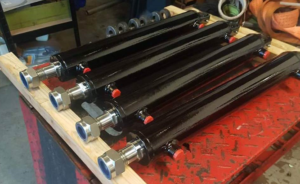A Guide to Hydraulic Cylinders
A hydraulic cylinder (also called a linear hydraulic motor) has many applications, our latest blog provides a guide to hydraulic cylinders and their uses. What are hydraulic cylinders? Hydraulic cylinders can be used for any application where a strong push or pull force is required. They initially found numerous uses during the industrial revolution,…
A hydraulic cylinder (also called a linear hydraulic motor) has many applications, our latest blog provides a guide to hydraulic cylinders and their uses.
What are hydraulic cylinders?
Hydraulic cylinders can be used for any application where a strong push or pull force is required. They initially found numerous uses during the industrial revolution, when the increase of factories and production required multiple hydraulic applications. Now, hydraulic cylinders are utilised in equipment across a wide range of industries – including construction, manufacture, mining and offshore industries.

What do they consist of?
The hydraulic cylinder consists of a cylinder barrel, in which a piston connected to a piston rod moves back and forth. The barrel is closed on each end by the cylinder bottom – also called the cap end – and by the cylinder head where the piston rod comes out of the cylinder. The piston has sliding rings and seals. The piston divides the inside of the cylinder in two chambers, the bottom chamber, cap end, and the piston rod side chamber, ‘rod end’. The hydraulic pressure acts on the piston to do linear work and motion.
Flanges, trunnions, and/or clevises are mounted to the cylinder body. The piston rod also has mounting attachments to connect the hydraulic cylinder to the object or machine component that it is pushing.
A hydraulic cylinder is the actuator or ‘motor’ side of the system. The ‘generator’ side of the hydraulic system is the hydraulic pump which brings in a fixed or regulated flow of oil to the bottom side of the hydraulic cylinder, to move the piston rod upwards. The piston pushes the hydraulic oil in the other chamber back to the reservoir. If we assume that the oil pressure in the piston rod chamber is approximately zero, the force on the piston rod equals the pressure in the hydraulic cylinder times the piston area (F=PA).
The piston moves downwards if oil is pumped into the piston rod side chamber and the hydraulic oil from the piston area flows back to the reservoir without pressure. The pressure in the piston rod area chamber is (Pull Force) / (Piston Area – Piston Rod Area).
What are hydraulic cylinders used for?
Hydraulic cylinders are used in mobile applications, such as excavators, dump trucks, loaders, graders, back hoes and dozers, which is an incomplete list to say the least. They can push, pull and lift loads of any description, and the mobile machinery industry relies nearly exclusively on hydraulic cylinders for linear motion.
Hydraulic cylinders are also used prolifically in the industrial machinery industry. The power density of hydraulic cylinders is unmatched, making them great for presses, compactors, injection molding, forging presses, et al. Even for advances applications such as flight simulators or fatigue testing, hydraulic cylinders can be used in literally any linear motion application.
Types of hydraulic cylinder
Single Acting Hydraulic Cylinders
Single acting cylinders work where either a push or a pull force is required, so the hydraulic fluid only acts on one side of the piston rod. Another force (such as gravity, the weight of the load or a spring), operates the cylinder in the other direction.
Double Acting Hydraulic Cylinders
A double acting cylinder forces the piston rod into both the advance and retract directions by hydraulic operation.
Telescopic cylinders
Telescopic cylinders use a cylinder within a cylinder to increase the distance that can be lifted in one stroke. The stroke is the amount of lift that a cylinder is capable of in one movement. Typically used in machines such as tipping trucks, they can also be used within any fabrication that requires an increase in the stroke (the amount of movement that the cylinder generates), without increasing the space that is required for the envelope. Telescopic cylinders can be double or single acting. One potential issue is that a standard telescopic cylinder can have sudden changes in speed, due to changes in volume size for the different cylinder stages. However, specialist engineering can produce dual acting telescopic cylinders that can move at a constant speed.
Jack cylinders
Jack cylinders are mobile cylinders that come in a range of sizes. Usually one hand pump can be used with multiple cylinder sizes, meaning that companies can select the best cylinder size for each job. Jack cylinders don’t have a mount – they are generally simply used on the floor. Typical lifting weights are 5 tonnes, 10 tonnes, 20 and 50 tonnes. The standard sizing and mobile nature of jack cylinders makes them ideal tools to hire if not needed regularly. In many cases, instead of owning a hydraulic cylinder companies will rent jack cylinders when required for a specific job.
For more information on hydraulic cylinders with your next project, speak to one of our team who would be happy to help, contact us HERE.


